
Diana Do, MD provides an overview of wet age-related macular degeneration including typical clinical manifestations, goals of therapy, and the current treatment landscape.

Diana Do, MD provides an overview of wet age-related macular degeneration including typical clinical manifestations, goals of therapy, and the current treatment landscape.

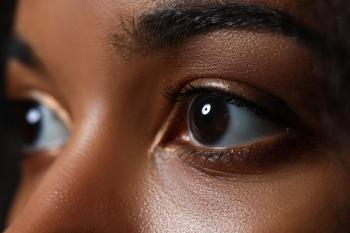
Glaucoma affects many people across the globe, but primarily, it's affecting African Americans due to access.
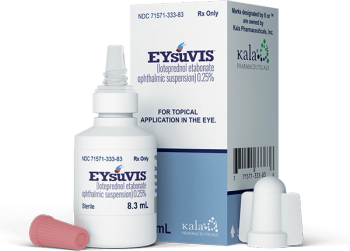
Three commercial plans now cover the corticosteroid Eysuvis.

Young adults, in particular, are more likely to seek out and place high value on telemedicine for eye care and those in vulnerable populations are benefitting most, according to an annual vision wellness study by VersantHealth.
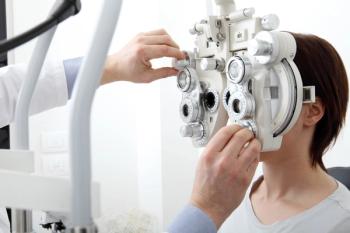
Optometrists say their wide distribution and medical expertise make them ideal candidates to administer the COVID-19 vaccine. As healthcare workers they also want to be prioritized to receive the vaccine.

The study investigates the various eye symptoms indicative of conjunctivitis in relation to COVID-19.

Researchers say their study is the first to look at race as a factor in how people with diabetic macular edema respond to treatment with Avastin.

Falls are the current leading cause of injuries for older Americans, and many of them result in permanent disability and fatalities. The risk of falling for older adults doubles if they have impaired vision from a degenerative eye disease like diabetic retinopathy.
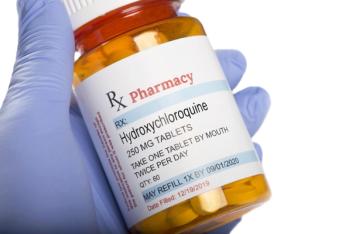
Rather than stopping hydroxychloroquine altogether, doses could be reduced and patients monitored if there are signs of retinopathy, say the authors of a commentary in the American Journal of Ophthalmology.

Study shows 12% retained sight for driving and 15% for reading.

Across the world, almost everyone has experienced a bad headache and knows the unpleasant symptoms that can come with it. Many have also faced migraines, which can cause dizziness, nausea and stomach pain - as well as impacting your vision.

A study conducted in China during the early weeks of the pandemic found few eyeglass wearers among hospitalized COVID-19 cases.

Drugs block the formation of tiny blood vessels in the retina that are prone to breaking open, resulting in bleeds that can cause serious vision impairment and blindness, explains ADA chief scientific and medical officer, Robert Gabbay, in this conclusion of a four-part video series.

Less than half of Americans with diabetes get annual eye exams, says Robert Gabbay, M.D.,Ph.D., FACP, in this third of a four-part video series. Gabbay became chief scientific and medical officer for the American Diabetes Association this summer.

In this second of a four-part video series, ADA Chief Science and Medical Officer Robert Gabbay, MD, PhD, FACP, says data showing kidney benefits of SGLT2 inhibitors may indicate protection against retinopathy but research is needed.

The American Diabetes Association and other groups are mounting a public health campaign to encourage people with diabetes to get annual eye exams. ADA Chief Scientific and Medical Officer Robert Gabbay, MD, PhD, FACP, explains "leaky blood vessels" and diabetic retinopathy in this first of a four-part video series.

Survey of Midwestern ophthalmologists identifies reasons for wariness of generics.

There are several explanations for the growing number of nearsightedness people.Time spent looking at computer and cellphone screens has been identified as a culprit.

Real-world evidence from 67 patients recently found benefits for those with diabetic macular edema who switched to Eylea from Lucentis.

A small study shows that "photobiomodulation" with red light results in improved color vision in people that are 40 and older. The light may improve the function of mitochondria.

University of Michigan researchers developed a simple algorithm to guide risk-benefit decisions for glaucoma patient coming in for visits.

Guidelines to prevent retinopathy caused by a drug to treat autoimmune disease must be developed jointly by ophthalmologists and prescribing physicians, journal authors say.
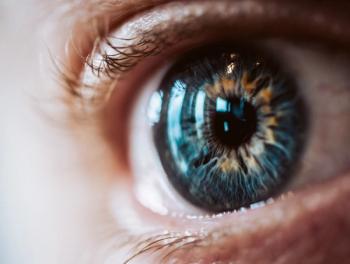
Patients with diabetic macular edema whose vision remains impaired even with the best available treatments may soon have a combination therapy.

Dr. Mark Ruchman, chief medical officer, Versant Health, shares eye safety tips and ways to best stay protected from COVID-19 as guidelines are loosened throughout the country.